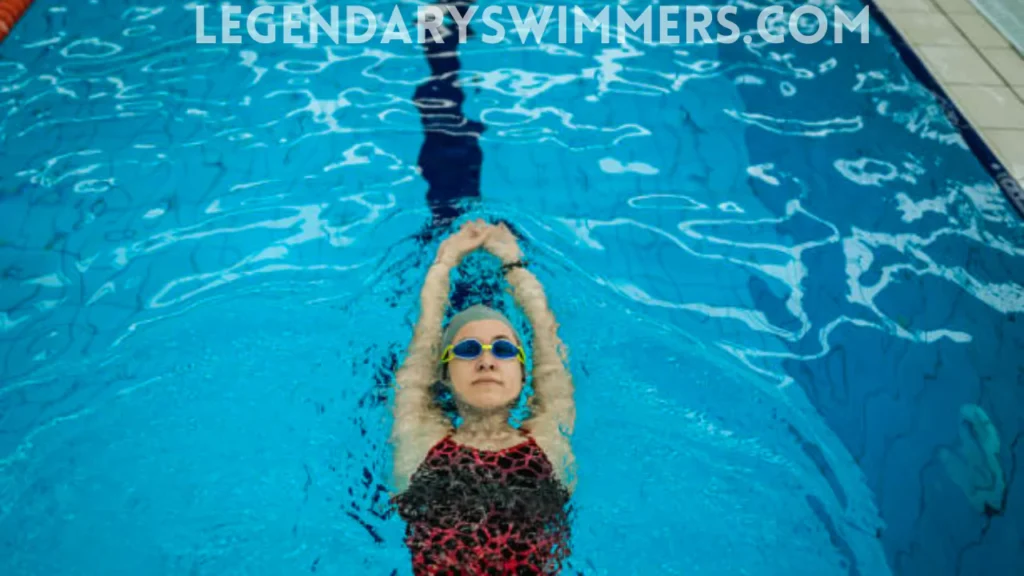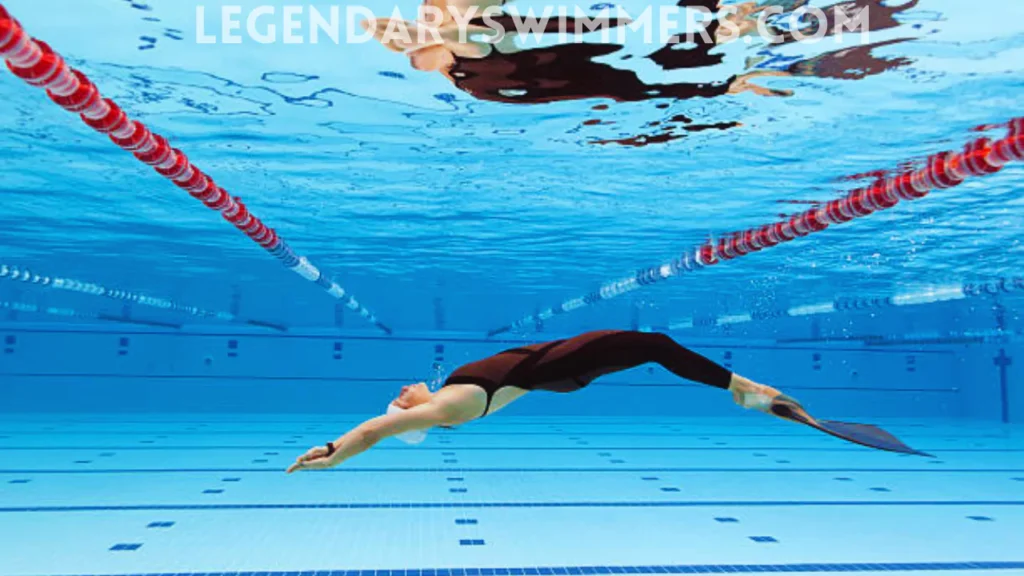
Diarrhea Prevention in Pools: Simple Steps for a Safe Swim
- Updated:
Swimming is a fantastic way to stay active, cool off, and have fun, especially during hot summer days. However, swimming pools can sometimes become breeding grounds for germs and bacteria, which can lead to various illnesses, including watery diarrhea. By understanding how to prevent these issues, you can enjoy a safe and healthy swim. In this article, we will provide an in-depth guide for diarrhea prevention and other waterborne illnesses while swimming, along with tips on how to ensure a safe pool environment.
Understanding Recreational Water Illnesses (RWIs)
Recreational Water Illnesses (RWIs) are illnesses that are spread by swallowing, breathing, or coming into contact with contaminated water in swimming pools, hot tubs, water parks, and other recreational water venues. The most common cause of RWIs is the presence of harmful germs in the water, which can include bacteria, viruses, and parasites.
Common Symptoms of RWIs
- Watery diarrhea
- Stomach cramps
- Nausea and vomiting
- Dehydration
- Skin rashes
- Respiratory issues
One of the most prevalent waterborne illnesses is caused by the parasite Cryptosporidium (commonly referred to as “Crypto”). It can survive in chlorinated water for up to 10 days, making it particularly difficult to eliminate through regular pool disinfection.
How Does Diarrhea Spread in Swimming Pools?
According to the Centers for Disease Control and Prevention (CDC), people often bring millions of microbes into the water with them. The average person carries about 10 million microbes on their hair and 5 million microbes on their hands. Additionally, it only takes a tiny amount of fecal matter from someone infected with diarrhea to contaminate the entire pool. Even if you don’t see it, there’s always a risk of contamination.
Did You Know? The CDC states that swallowing even a small amount of contaminated pool water—around one tablespoon—is enough to cause illness.
Key Factors Leading to Water Contamination:
- Swimmers with diarrhea: If a person with diarrhea enters the pool, they can release bacteria or parasites into the water.
- Inadequate pool maintenance: Low chlorine levels can reduce the effectiveness of disinfection.
- Improper hygiene: Not showering before entering the pool increases the risk of contamination.
How to Prevent Watery Diarrhea from Swimming Pools
Staying safe in the pool is not just the responsibility of the pool staff but also every swimmer. Below are some actionable steps to prevent diarrhoea and other waterborne illnesses:
1. Shower Before Entering the Pool
Showering for at least 60 seconds before swimming can remove sweat, dirt, and any germs on your skin. According to a 2019 survey, only 31% of people shower before entering a pool. This simple step helps preserve chlorine levels and keeps the water cleaner for everyone.
2. Avoid Swimming When Sick
If you’ve had diarrhea in the last two weeks, avoid swimming. The CDC recommends staying out of the water until at least two weeks after symptoms stop. This is because parasites like Crypto can continue to live in your system even after symptoms have disappeared.
3. Don’t Swallow Pool Water
Accidentally swallowing pool water can expose you to bacteria and parasites. Teach children to keep water out of their mouths while swimming.
4. Check Pool Chemical Levels
Before entering a pool, you can use test strips to check for adequate chlorine and pH levels. The CDC recommends maintaining a chlorine level of 1-3 parts per million (ppm) and a pH of 7.2-7.8 for effective disinfection.
Common Germs Found in Pools and How They Affect You
Here are some of the most common germs that can be found in improperly maintained swimming pools:
| Germ | Illness | Survival Time in Chlorinated Water |
|---|---|---|
| Cryptosporidium | Watery diarrhea, stomach cramps | Up to 10 days |
| E. coli | Diarrhea, abdominal pain | A few hours |
| Giardia | Nausea, dehydration | Several days |
| Norovirus | Vomiting, diarrhea | A few days |
For more details, visit Swimminglevel
Expert Insight:
Dr. Kelly Johnson-Arbor, a medical toxicologist, highlights that even small amounts of fecal matter can contaminate pool water. “If one person with Crypto gets into a pool, it can lead to days or even weeks of exposure for other swimmers,” she says.
Can Chlorine Completely Eliminate Germs?
While chlorine is highly effective against many types of bacteria and viruses, it is not a foolproof solution. Some parasites, like Cryptosporidium, are resistant to chlorine. The presence of dirt, sweat, urine, and other organic matter can reduce chlorine’s effectiveness. Therefore, maintaining proper water quality is crucial.
Tips for Pool Owners:
Maintaining a clean and safe swimming pool requires consistent effort and the right practices. Here are some essential tips to help pool owners keep their pools free from harmful contaminants and ensure a safe swimming environment for everyone:
1. Regularly Test Chlorine Levels and pH Balance
Maintaining the correct chlorine levels and pH balance is crucial for killing harmful germs and ensuring the water is safe for swimming.
Pro Tip: For heavily used pools, such as those in apartment complexes or gyms, testing may need to be done more frequently to ensure the water remains safe.
2. Shock the Pool When Necessary
“Shocking” a pool means adding a high dose of chlorine to eliminate any build-up of bacteria, algae, and contaminants that regular chlorination may not fully address. This process is particularly important if you suspect contamination, such as after heavy rain, intense pool use, or if someone has had an accident in the water.
- How Often to Shock: For residential pools, it’s recommended to shock the pool at least once a week during peak summer months or more often if it’s heavily used. Use pool shock products that are compatible with your pool type, and always follow the manufacturer’s instructions.
3. Ensure Proper Filtration Systems Are Functioning
A well-maintained filtration system is the backbone of a clean pool. The pool filter helps remove debris, dirt, and microorganisms that can reduce water quality. It’s essential to check the filter system regularly to ensure it is operating efficiently.
- Maintenance Tips:
- Clean or backwash the filter at least once a week during the swimming season.
- Replace or clean filter cartridges as recommended by the manufacturer.
- Inspect the pump and filter system for any signs of wear or damage, as faulty equipment can reduce water circulation and cleanliness.
4. Regularly Clean the Pool Surface and Surrounding Area
Keeping the pool surface and surrounding area clean is crucial to preventing contaminants from entering the water. Leaves, grass, and other debris can introduce bacteria into the pool if left unchecked.
- Routine Cleaning Checklist:
- Use a pool skimmer daily to remove floating debris.
- Vacuum the pool floor weekly to prevent dirt and algae buildup.
- Scrub the pool walls and tiles to prevent mold and biofilm formation.
5. Establish Clear Pool Rules for Swimmers
Encourage swimmers to shower before entering the pool, avoid swimming when sick, and use the restroom frequently to prevent accidents. Providing poolside showers and posting clear rules can significantly reduce the risk of contamination.
Protect Your Health While Swimming
At Legendary Swimmers, we prioritize safety and hygiene to ensure you have a worry-free swimming experience. Whether you’re using our swimming lessons or visiting our pools, you can trust that we maintain the highest standards of cleanliness.
If you’re looking to learn swimming in a safe and professionally managed environment, we also offer comprehensive swimming training programs at Legendary Swimmers Academy. Our academy provides top-notch swimming classes tailored for beginners, intermediate swimmers, and those looking to perfect their techniques.
Conclusion:
Swimming is a wonderful activity that promotes physical health and well-being. However, it’s essential to be aware of the potential risks associated with contaminated pool water. By following the simple prevention tips outlined in this guide, you can enjoy swimming while minimizing your risk of getting sick.
Whether you’re a seasoned swimmer or just getting started, remember that good hygiene practices and pool safety go a long way. Dive into a healthy swimming experience and keep yourself and others safe!
FAQs
Q1: Can swimming in a public pool make me sick?
Yes, if the water is not properly maintained, it can contain harmful germs that cause illnesses like diarrhea, skin rashes, and respiratory problems.
Q2: How can I tell if a pool is safe to swim in?
Look for clear water and a strong but not overpowering chlorine smell, and check if the facility has recent inspection reports. You can also test the water yourself using pool test strips.
Q3: Why is it important to maintain pool water quality?
Proper maintenance prevents the spread of germs that cause RWIs, keeps the water safe for swimming, and ensures an enjoyable experience for all.
Q4: How can Diarrhea Prevention be ensured in swimming pools?
To ensure diarrhea prevention, always shower before entering the pool, avoid swimming if you’ve recently had diarrhea, and encourage others to do the same. Pool owners should regularly test chlorine levels, maintain the right pH balance, and ensure proper filtration systems are in place.
Q5: Can chlorine kill all germs that cause diarrhea?
No, while chlorine is effective against most bacteria, some parasites like Cryptosporidium can survive in chlorinated water for up to 10 days. For effective diarrhea prevention, it’s crucial to follow good hygiene practices and regularly test pool water to ensure optimal chemical levels.
Recommended Readings:

Natasha Nicole Leyva
Hi, I’m Natasha—swimmer, coach, and aquatic fitness enthusiast. My journey began in New Zealand after a professor recommended swimming to help with a knee injury. The low-impact nature of swimming worked wonders, and it quickly became my favorite form of exercise. This passion grew into a thriving swim academy, and soon, requests for aquatic fitness classes started pouring in. After becoming certified, I realized how powerful water workouts could be for recovery and fitness. Now, I share my expertise here to help others experience the benefits of aquatic movement—whether for recovery, fitness, or fun!







